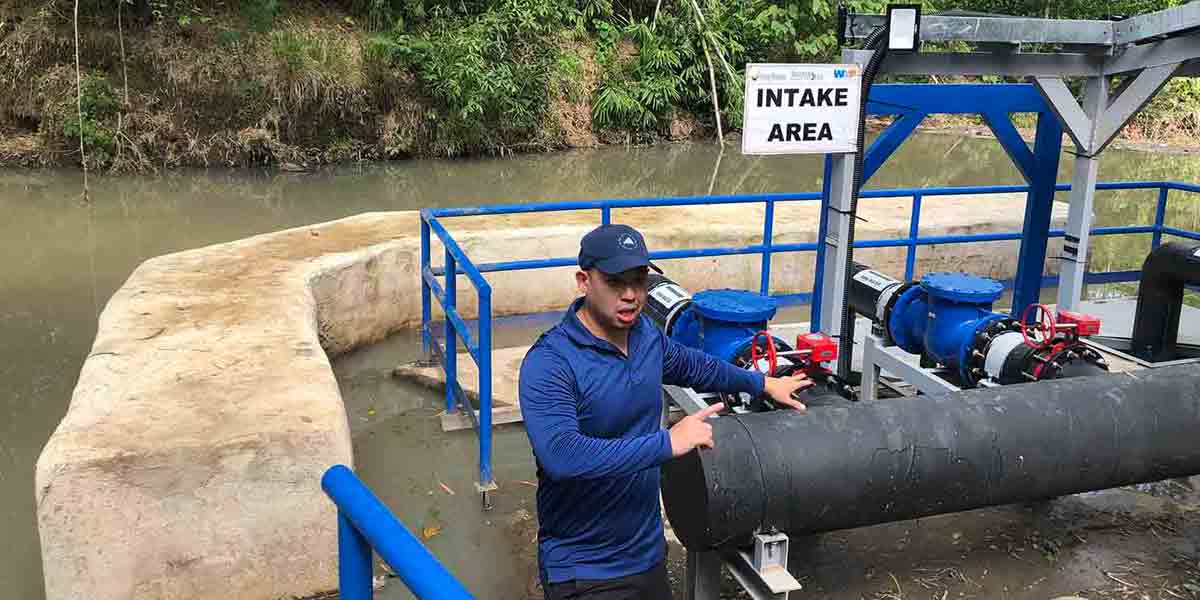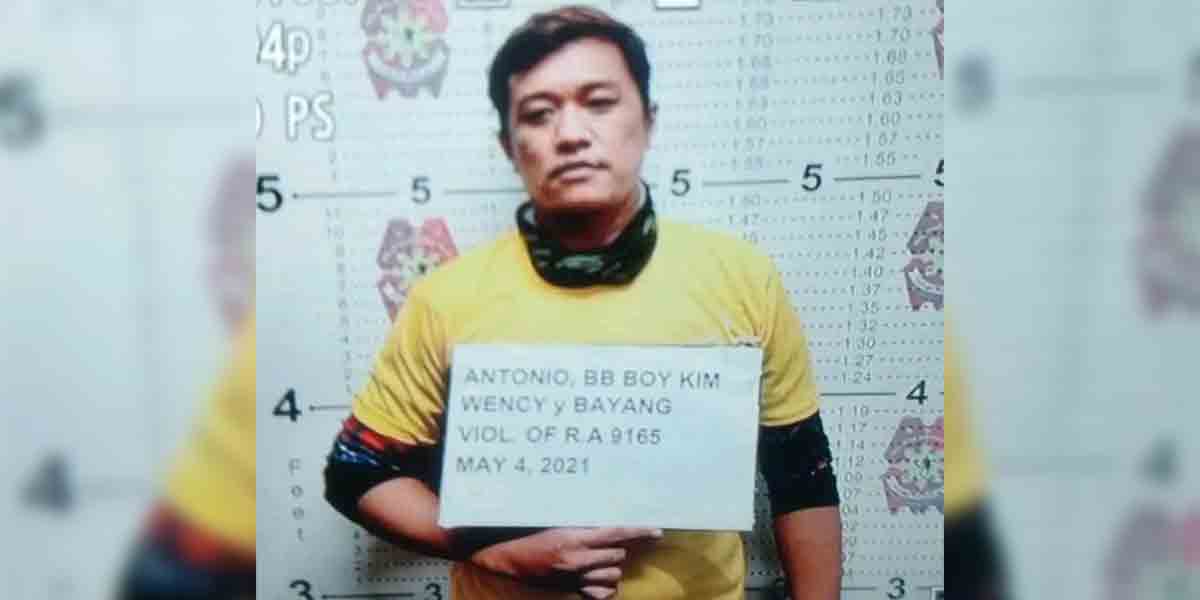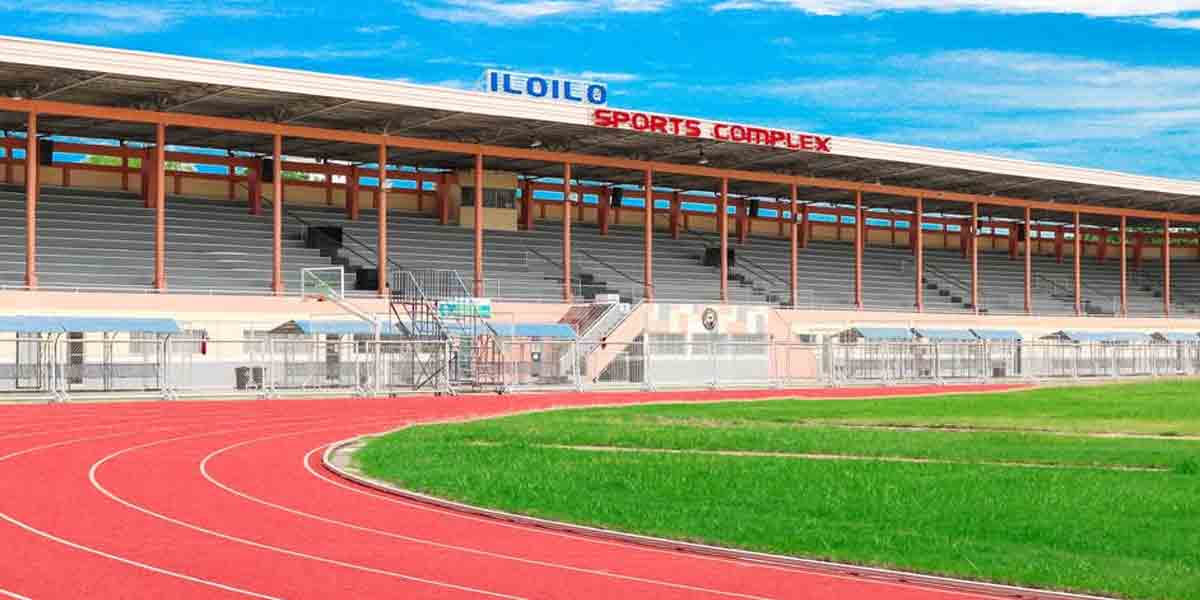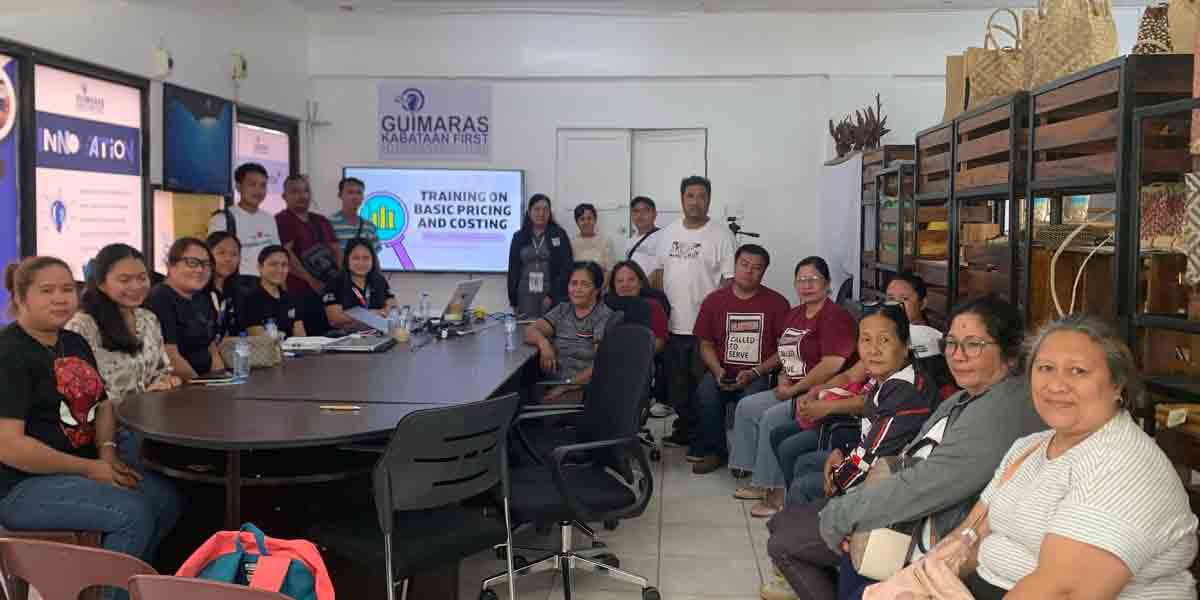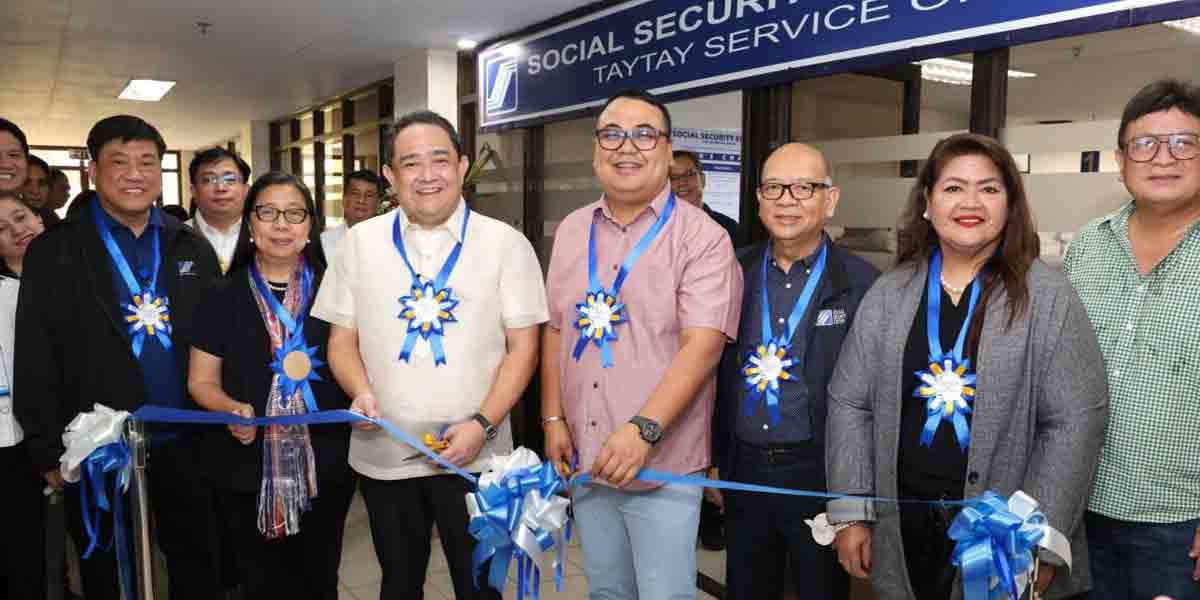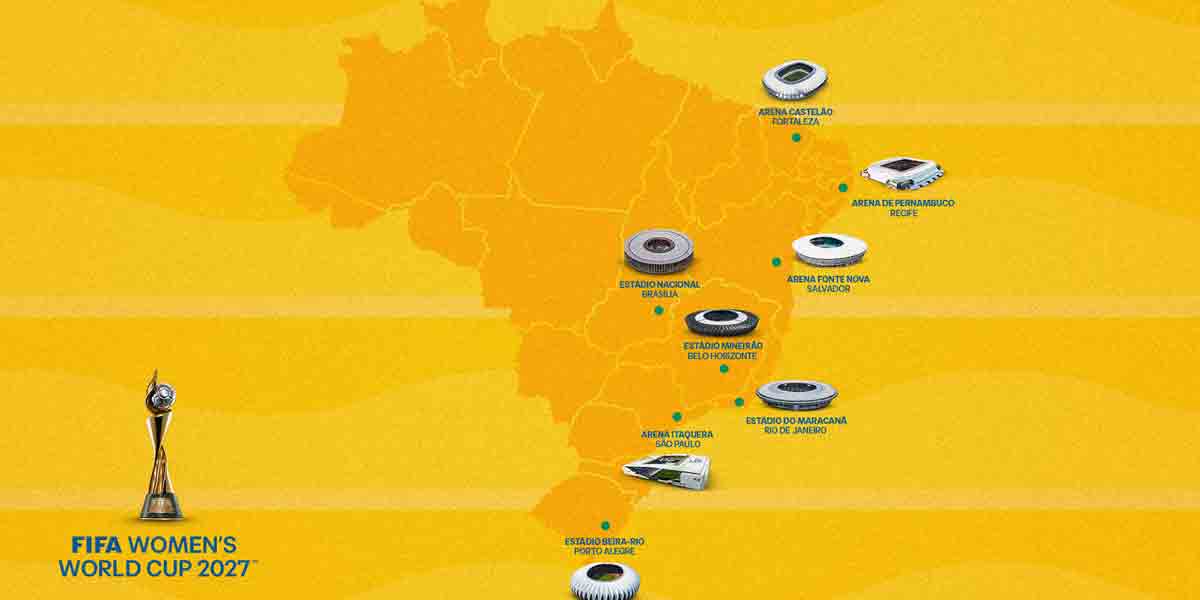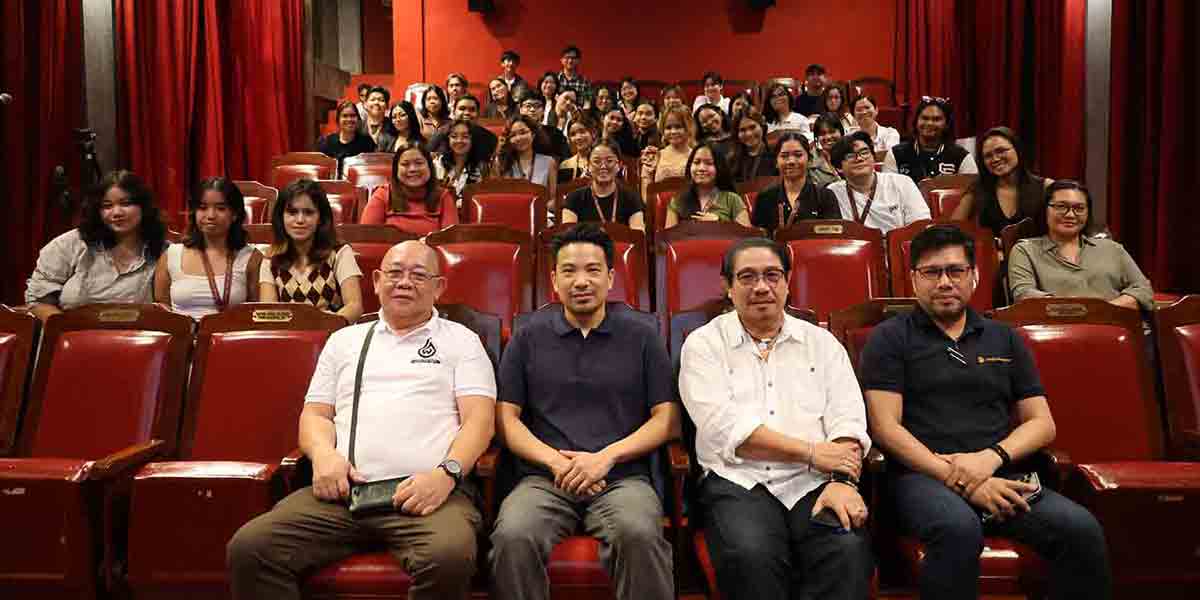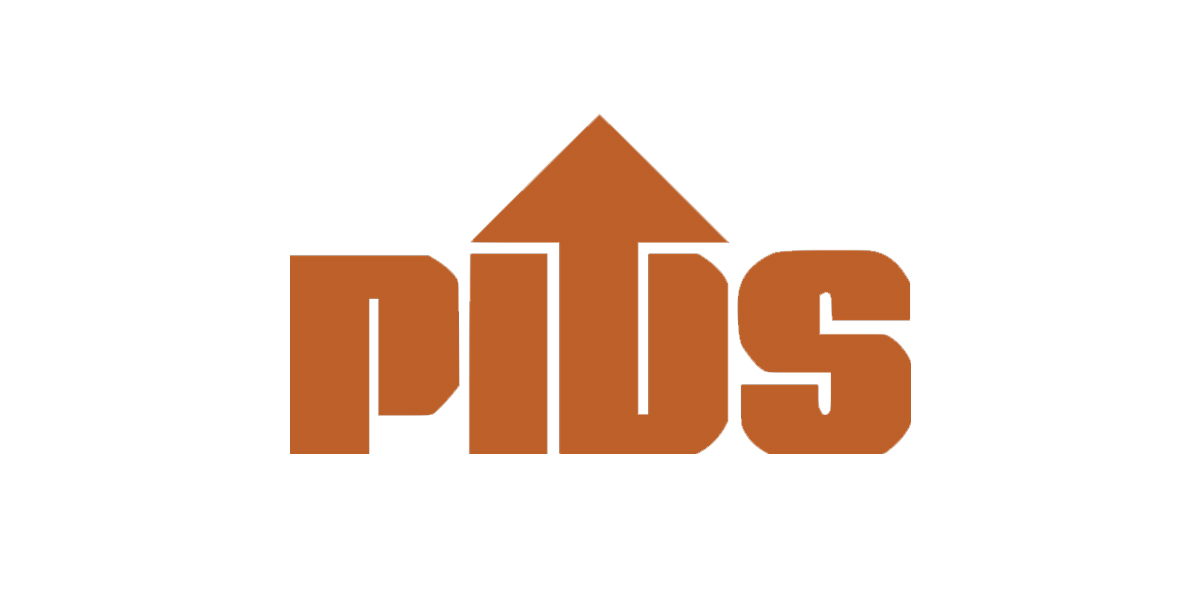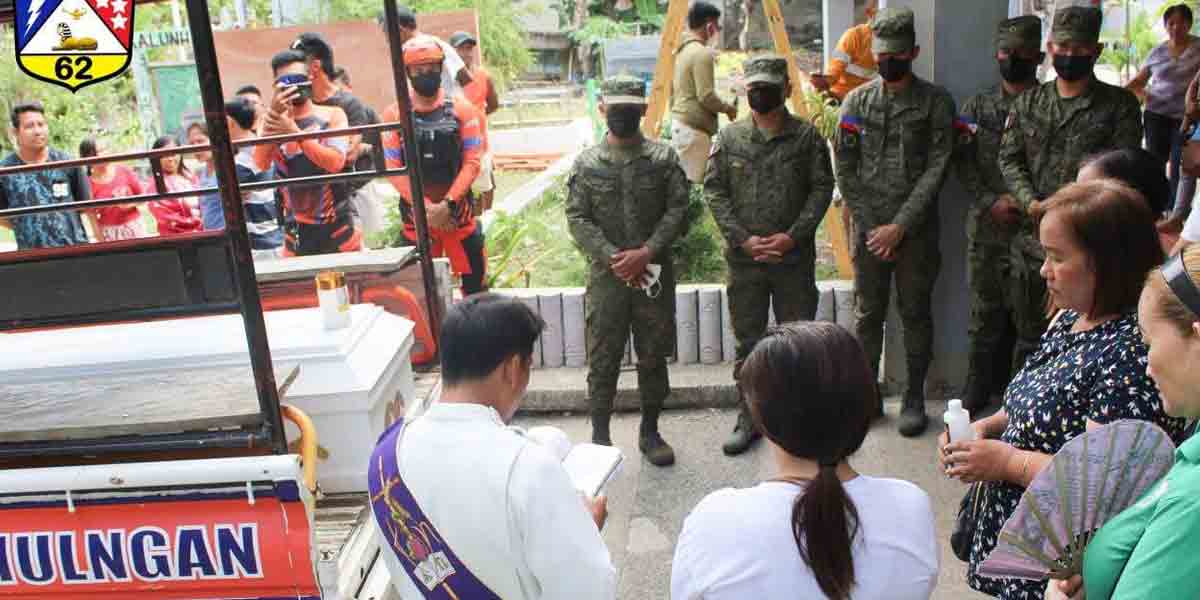Ilonggos can now breathe easier, and so can the Department of Public Works and Highways.
After more than a year of half-closures, detours, safety concerns, and public frustration, the Ungka Flyover is finally nearing full completion.
Asphalt overlay is the only remaining task, according to DPWH Region 6 Director Sanny Boy Oropel.
If weather permits, the work will be finished by March 30.
To his credit, Oropel has managed to steer the project toward a safer, more functional state since it was reopened in December. He is also right to continue monitoring the structure, given its troubled history.
But as Oropel moves on to the equally controversial Aganan Flyover, one issue hangs stubbornly unresolved — accountability.
Who was responsible for the design and implementation errors that caused the PHP680-million Ungka Flyover to sink in the first place? Why were flawed technical plans approved?
Why did it take over a year and an additional PHP300 million in taxpayers’ money before the flyover could be declared “safe”?
We acknowledge that Director Oropel inherited this mess. He came into the picture long after the original design had been bungled and public trust damaged.
But if the DPWH, and more broadly the national government, want to prevent another debacle, then digging into the roots of this failure must be non-negotiable.
The public deserves answers.
Those responsible — whether they are in the private contractor sector, within the DPWH’s central offices, or among consultants and third-party reviewers — must be held to account.
This is not just about a sunken pier or a misplaced design computation. This is about competence, transparency, and justice in the use of public funds.
PHP1 billion is no small sum.
Ilonggos suffered for months because of government mistakes. The least they can expect is truth and accountability.
Without it, even the most “safe” structure feels shaky.

